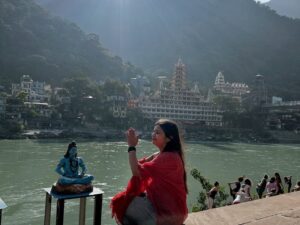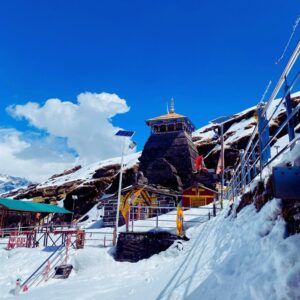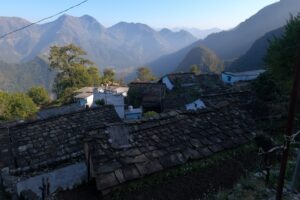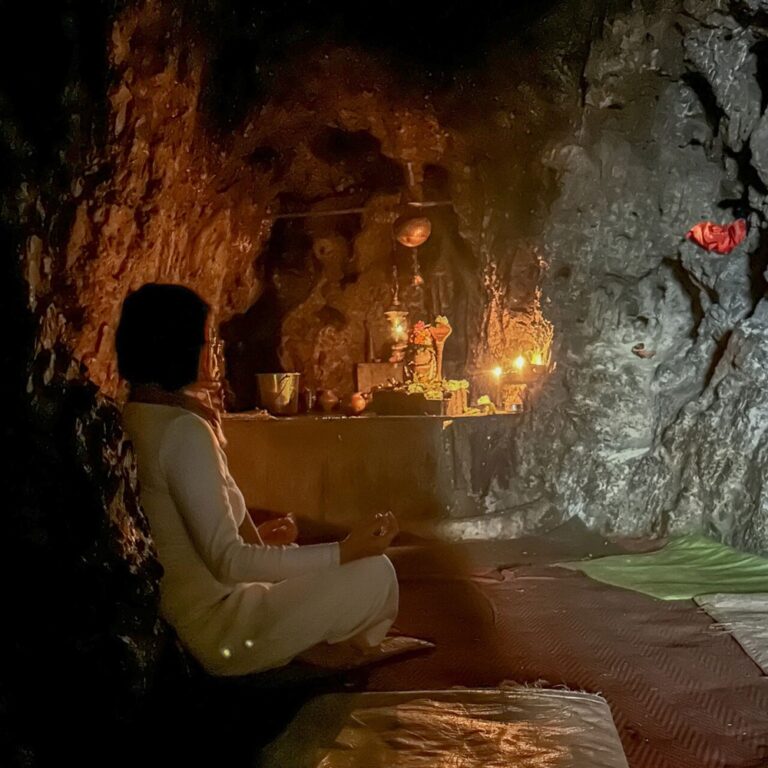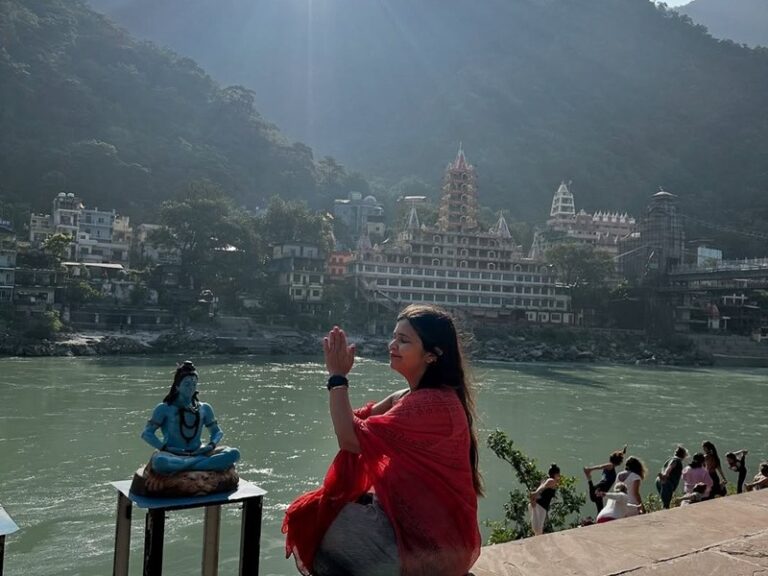Discover India Varanasi Vishwanath Temple and Cremation Ghat
India Varanasi, located in Uttar Pradesh, is one of the oldest and spiritually significant cities in the country. This captivating destination attracts visitors from around the world due to its rich history, religious ceremonies, and the mystical atmosphere that permeates its streets.
Overview: Benares or Kashi,
Varanasi is known also as Benares or Kashi, Varanasi is situated in the northeastern part of Uttar Pradesh and is one of the most populous cities in India, with over 3.5 million inhabitants. It is considered one of the holiest cities for Hindus.
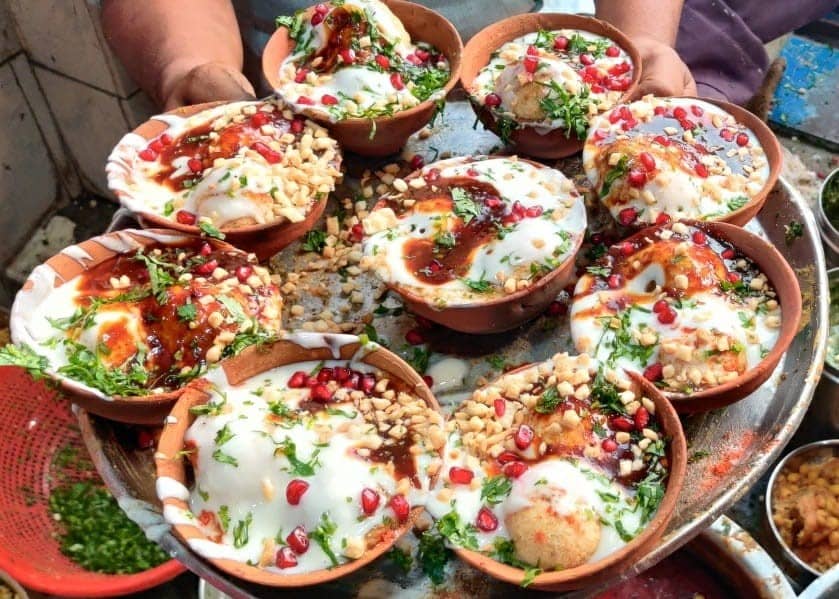
Religious Significance: India Varanasi
From a religious perspective, India Varanasi holds great importance for both Buddhists and Hindus. For Buddhists, nearby Sarnath is a significant site where the Buddha gave his first sermon under the sacred tree brought from Bodhgaya, where he attained enlightenment (nirvana).
For Hindus, India Varanasi is regarded as the holiest city. It is believed that every Hindu should visit Varanasi at least once in their lifetime and bathe in the Ganges River at least five different ghats to purify the soul and wash away sins. The ghats are steps leading down to the river where many rituals and ceremonies take place.
Suggested Read: The source of the river Ganges: Exploring Origin
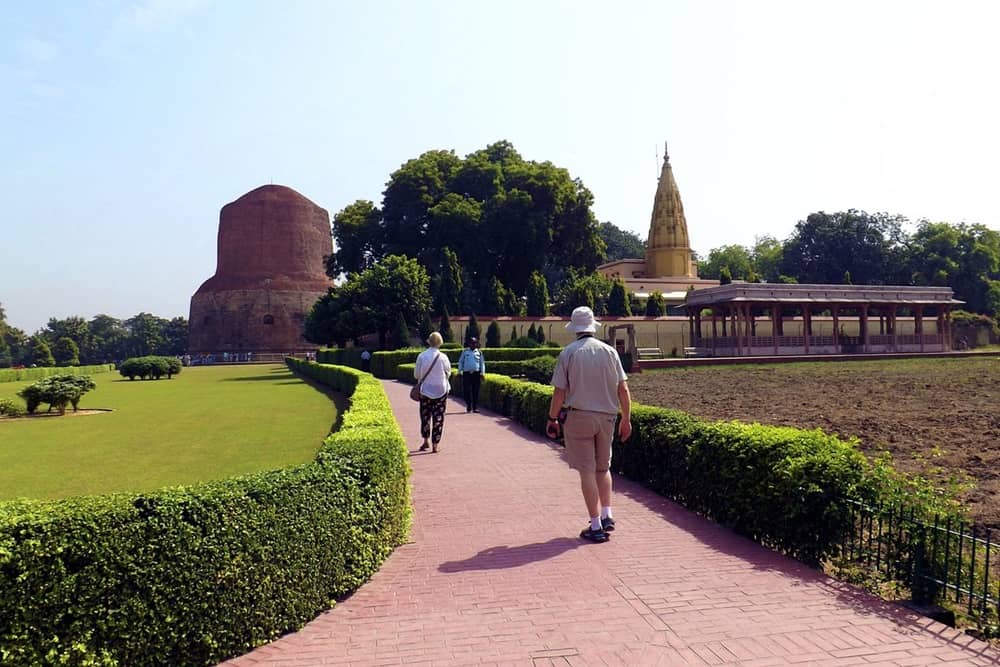
Suggested Read: Varanasi Street Food: Explore famous Street food places
Other Names for Varanasi
India Varanasi, also known as Benares, has a history dating back over 3,500 years. It is considered the holiest place for Hindus and an important pilgrimage center. Each year, millions of people immerse themselves in the Ganges River to cleanse themselves of sins and seek spiritual liberation.
The Ganges River and Cremation
According to Hindu belief, the Ganges River is the only place on earth where deities allow humans to escape the cycle of life, death, and rebirth known as Samsara. Death is merely a link in this chain. For this reason, millions of Hindus come to Varanasi to die or to have their ashes dispersed in the river.
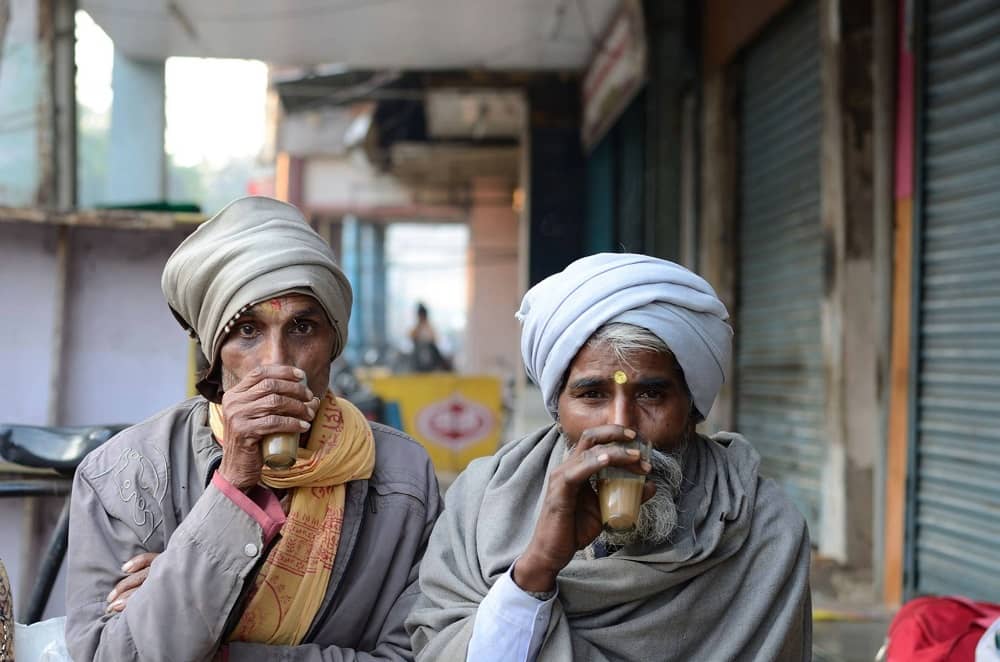
Funeral pyres burn day and night, and every evening at sunset, Brahmins perform dances holding light sculptures. People observing from the river or the shore send floating lamps to “Mother Ganga,” representing their hopes. The farther the current carries these lamps, the greater the prosperity believed to be attained.

Rituals and Ganga Aarti
One of the most captivating experiences in India Varanasi is witnessing the Ganga Aarti, an evening ceremony where devotees pay homage to the Ganges River through offerings of light and sacred chants. It is a mesmerizing spectacle that enchants visitors with its mystical and sacred atmosphere.
Suggested Read: Varanasi Sarnath: Museum Timing, Ticket, Stupa Location
The Ghats of Varanasi
In addition to religious ceremonies, India Varanasi offers numerous attractions. You can explore its many ghats—stairs leading to the river—where you can observe daily life, take a boat ride on the Ganges at sunrise, or admire ancient temple architecture.
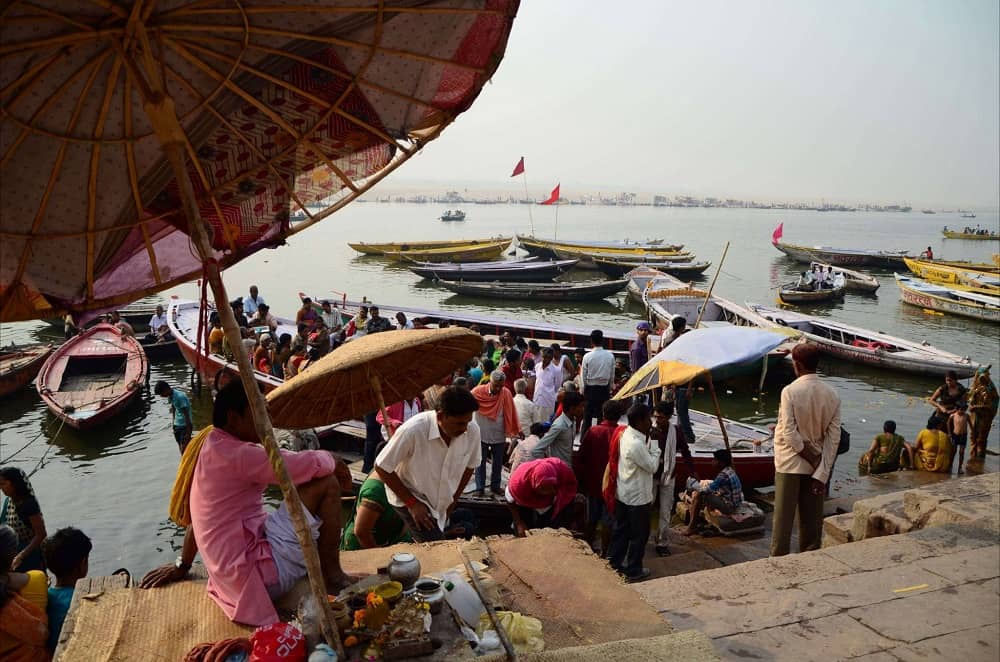
Strolling Along the Ghats
Walking along the ghats is a unique experience. You can see locals praying, children playing in the water, cows resting on the steps, people practicing yoga, beggars asking for alms, and the famous Sadhu—Hindu ascetics meditating by the river. Alongside the vibrant life, there are also ghats where cremations occur, making Varanasi a special place where life and death intertwine, leaving a profound impact on visitors.
Notable Attractions in India Varanasi
- Kashi Vishwanath Temple: Dedicated to the god Shiva, this temple is one of the holiest sites for Hindus and is also known as the Golden Temple due to its gold-plated roof.
- Hanuman Temple: Dedicated to the god Hanuman, this temple is a site of significant spiritual importance and is believed to be the location where the Hindu saint Tulsidas had a vision of Hanuman.
- Durga Temple: Varanasi has two temples dedicated to the goddess Durga: Durga Mandir, built in the 16th century, and Durga Kund, built in the 18th century. Many Hindu devotees visit Durga Kund during the Navaratri festival.
- Parshvanath Temple: Dedicated to Parshvanath, a revered figure in Jainism, this temple is an important pilgrimage site for Jains and houses a divinized statue of Parshvanath.
- Historic Mosques: Varanasi is home to several historic mosques, including Gyan Vapi Mosque, Alamgir Mosque, and Bibi Razia Mosque, many of which were built on the foundations of ancient Hindu temples destroyed during Muslim invasions.
Suggested Read: Burning Ghats in Varanasi Uttar Pradesh India
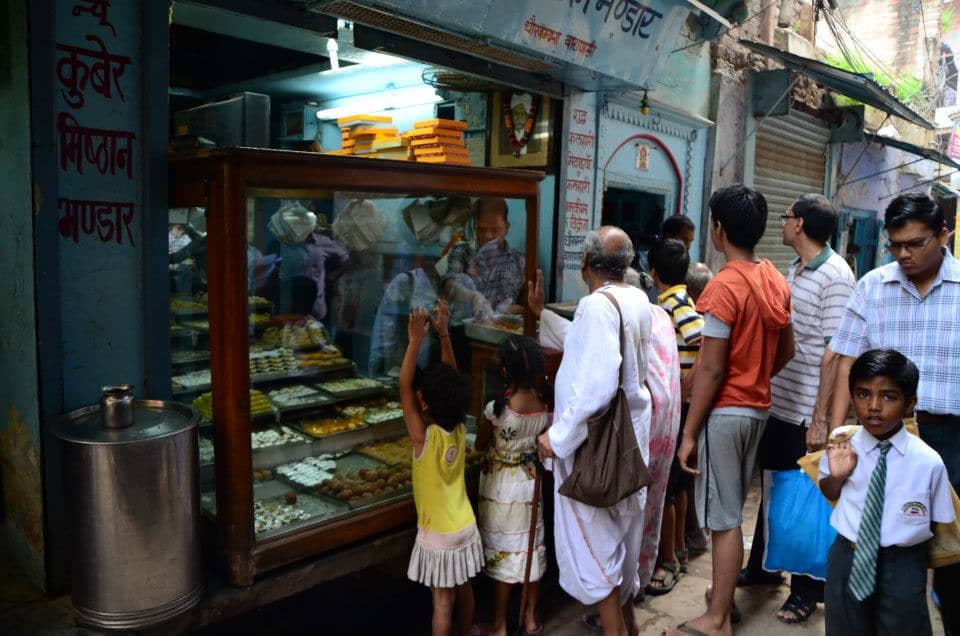
Heritage Walk: India Varanasi
Wandering through the narrow, winding streets of the old city, with its lively markets and aromatic spices, offers an immersive experience into Indian culture. You can sample local culinary delights like the famous Indian thali and purchase unique artisanal souvenirs, such as silk fabrics and wooden carvings.
The Ghats of Varanasi
Some of the most important ghats include:
- Dashashwamedh Ghat: One of the most sacred and spectacular ghats, located near the Vishwanath Temple, where a daily fire ritual is performed in honor of Shiva, the Ganges, the Sun, and the entire universe.
- Manikarnika Ghat: Associated with a legend where Shiva lost an earring while observing Vishnu. It is believed that Shiva asks each soul cremated here if they have seen his earrings.
- Scindia Ghat: Known for its Shiva temple built around 150 years ago, partially submerged due to its weight. According to tradition, the Hindu fire god Agni was born here.
- Mana-Mandir Ghat: Built by Maharaja Jai Singh II of Jaipur in 1770, this ghat features architectural elements reminiscent of those in Delhi, Jaipur, Ujjain, and Mathura. It has a beautiful stone balcony and devotees honor the lingam of Someswar, the Lord of the Moon.
- Lalita Ghat: Built by the late king of Nepal in northern Varanasi, it is home to the Keshav Gange Temple, built in a style typical of Kathmandu, and houses an image of Pashupateshwar, a manifestation of Shiva. Lalita Ghat is also popular with painters and photographers and often hosts local festivals, musical events, and games.
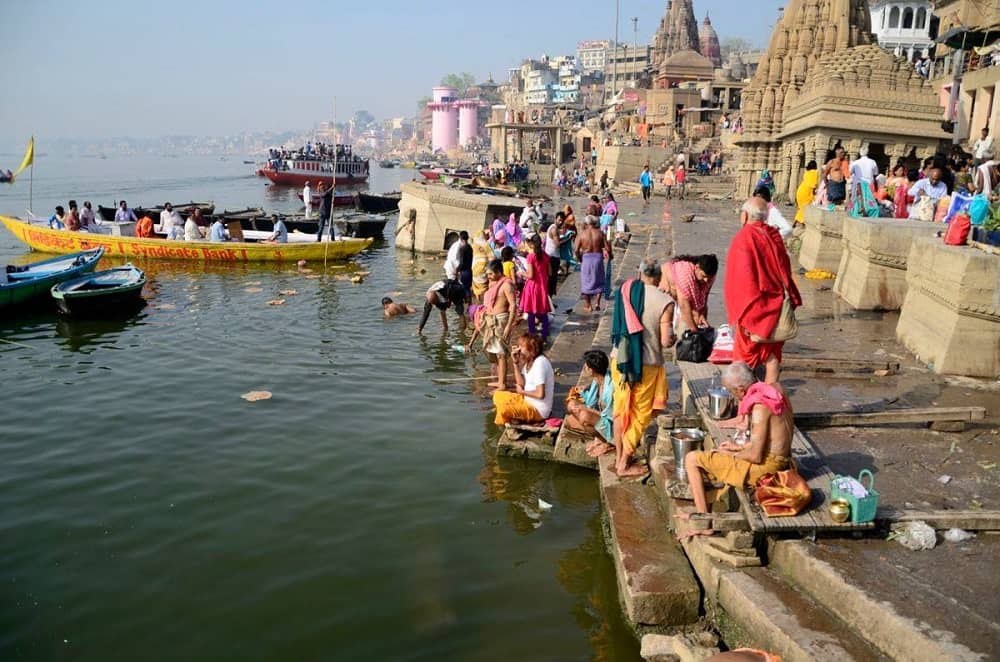
History and Industry: India Varanasi
Varanasi has rapidly grown as an industrial center known for producing various products, including:
- Muslin: Varanasi is famous for its muslin fabrics, a lightweight and breathable textile used in traditional Indian garments like saris, kurtas, and dupattas.
- Silk Fabrics: Renowned for its high-quality silk, Varanasi’s silk fabrics are used to make traditional garments, such as the famous Banarasi silk saris.
- Perfumes: The city has a long-standing tradition in perfumery, producing a wide range of fragrances made from herbs, flowers, and essential oils.
- Ivory Carvings: Varanasi is known for its intricately carved ivory sculptures and objects, which are exported and appreciated worldwide.
- Sculptures: Local artisans are renowned for their skill in carving statues and artworks in materials like wood, marble, stone, and metal, often depicting Hindu deities and mythological figures.
Today, India Varanasi is an important railway junction with a well-connected airport and a range of industries, including textiles (cotton), metalworking, food processing, chemicals, tobacco, paper, and glass.
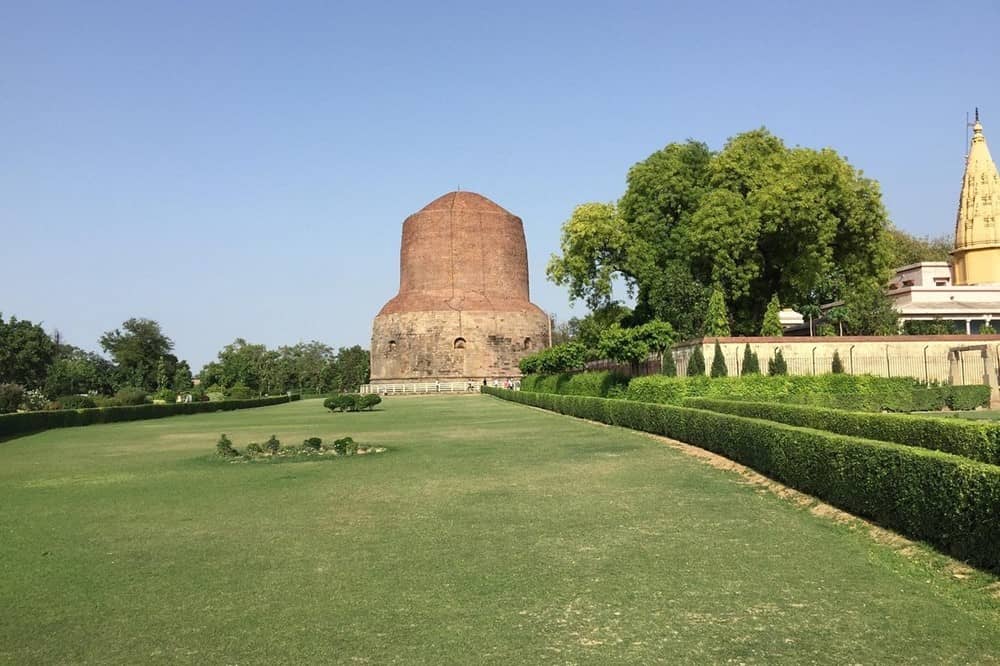
Sarnath: India Varanasi
If you are interested in history and spirituality, a visit to Sarnath, located near Varanasi, is a must. This site is where the Buddha delivered his first sermon after enlightenment and is considered a major Buddhist center.
Weather in India Varanasi
- Summer: Lasting from April to June, summer in Varanasi is hot and dry, with temperatures ranging from 22°C to 46°C. Humidity can be moderate, but the weather is generally hot and arid.
- Monsoon: Starting in July and continuing until October, the monsoon season brings heavy rainfall. Temperatures are slightly lower, but humidity increases significantly. An umbrella or raincoat is advisable during this period.
- Winter: From December to February, Varanasi experiences significant temperature fluctuations between day and night. Days are pleasant with moderate temperatures, but nights can be very cold, dropping to as low as 5°C. Warm clothing such as jackets, scarves, and hats is recommended for the colder nights.
Conclusion
We highly recommends including India Varanasi in your travel itinerary. The sacred city on the Ganges offers a unique and profoundly spiritual experience. Consider a tour designed specifically to visit all the major cities along the Ganges, starting from Delhi and passing through Varanasi to Rishikesh.



